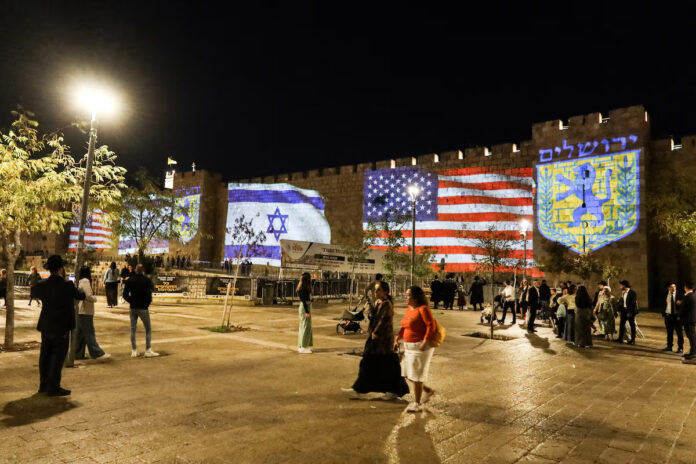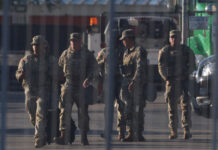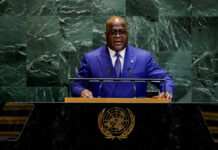
Israel’s government on Friday ratified a U.S.-brokered ceasefire and hostage-release deal with Hamas, paving the way for an end to two years of devastating war in Gaza that has killed more than 67,000 Palestinians and left the enclave in ruins.
The cabinet approved the agreement early Friday morning, nearly a day after mediators announced the breakthrough. The deal, part of U.S. President Donald Trump’s peace initiative, calls for the release of Israeli hostages held by Hamas in exchange for Palestinian prisoners, and a phased withdrawal of Israeli troops from Gaza.
“The government has just now approved the framework for the release of all of the hostages – the living and the deceased,” Prime Minister Benjamin Netanyahu’s office said in a statement on X.
Under the plan, hostilities are set to cease within 24 hours of the cabinet’s approval, while the first Israeli hostages are expected to be freed within 72 hours.
Israeli officials say 20 hostages are believed to be alive in Gaza, 26 presumed dead, and the fate of two others remains unknown. Hamas has warned that recovering the bodies of the deceased may take longer.
Hamas leader Khalil Al-Hayya said he had received assurances from the United States and other mediators that “the war is over.” The accord also promises a rapid influx of food and medical aid into Gaza, where hundreds of thousands of displaced civilians have been sheltering in makeshift tents amid widespread destruction.
Despite the optimism, major challenges persist. Palestinian sources said the list of prisoners to be released by Israel is still under negotiation, with Hamas demanding the freedom of several high-profile detainees.
Further details of Trump’s 20-point peace plan, including Gaza’s postwar governance and Hamas’s future, are yet to be finalized.
Netanyahu faces dissent within his governing coalition. Far-right National Security Minister Itamar Ben-Gvir warned he would move to topple the government if Hamas is not dismantled.
Still, news of the ceasefire brought jubilation across both Israel and Gaza. “Thank God for the ceasefire, the end of bloodshed and killing,” said Abdul Majeed Abd Rabbo, a resident of Khan Younis. “All of Gaza is happy, all the Arab people, all the world is happy.”
In Tel Aviv’s Hostages Square, where families of captives have gathered daily for months, Einav Zaugauker, whose son Matan is among those held in Gaza, broke down in tears. “I can’t breathe … it’s crazy,” she said.
Though Israeli airstrikes continued in Gaza ahead of the truce’s start, casualties sharply declined, with local health officials reporting seven deaths on Thursday, a fraction of the daily toll seen in recent weeks.
President Trump announced he will travel to the Middle East on Sunday, possibly attending a signing ceremony in Egypt. Israeli Knesset Speaker Amir Ohana has invited him to address parliament, an honor last extended to a U.S. president in 2008.
The deal has drawn broad international support and is being hailed as a major diplomatic win for Trump, who has faced pressure to deliver on his pledge to end both the Gaza conflict and Russia’s war in Ukraine.
Western and Arab nations meeting in Paris on Thursday discussed postwar reconstruction and peacekeeping arrangements for Gaza.
According to senior U.S. officials, a 200-member U.S. contingent will join a multinational task force, alongside Egypt, Qatar, Turkey and the United Arab Emirates, to help stabilize Gaza once the ceasefire takes effect.
The war began on October 7, 2023, when Hamas-led militants attacked Israeli towns and a music festival, killing 1,200 people and seizing 251 hostages.
What followed became one of the deadliest and most destructive conflicts in the region’s history, a war that may now finally be nearing its end.
Source: Reuters
Written By Rodney Mbua


















